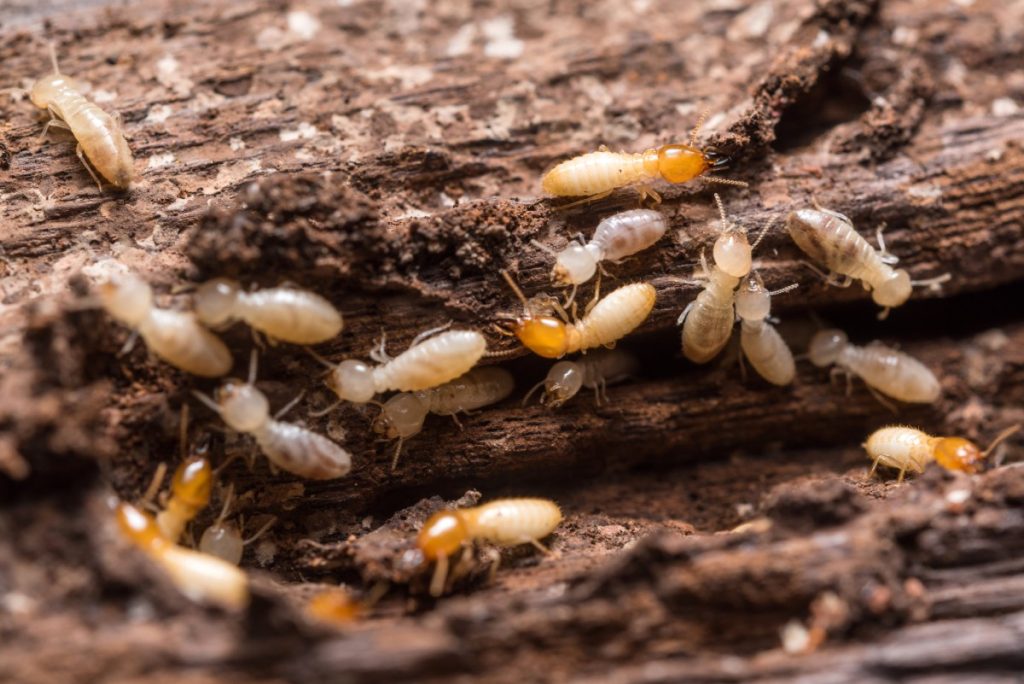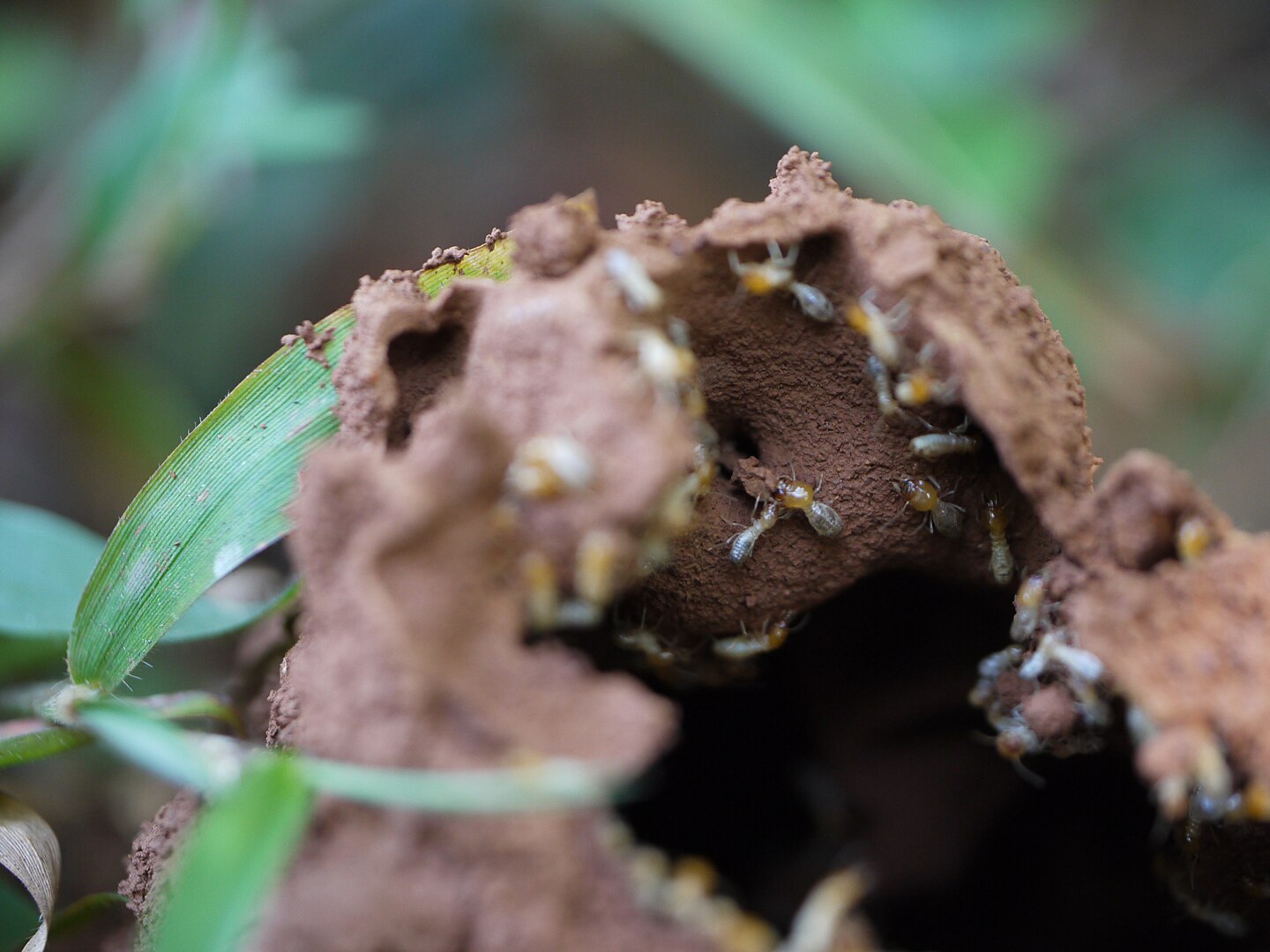Subterranean Termites
Subterranean termites require a moisture-rich environment to thrive and often construct mud tubes, a key sign of infestation. These tubes protect them from predators and help maintain their desired humidity levels.
Identification: Subterranean termites are among the most common and destructive termite species. They are creamy brownish to dark brown and measure between 1/8 to 1 inch.
Habitat: As their name suggests, they primarily live underground, creating elaborate tunnel systems and mud tubes to reach food sources.
Diet: These termites feed voraciously on wood and anything containing cellulose, often causing significant structural damage.
Formosan Termites
Native to China, Formosan termites have spread globally and are considered an invasive species in many areas. Their colonies can number in the millions, significantly accelerating the damage rate.
Identification: Often referred to as "super termites" due to their destructive capabilities, Formosan termites are creamy white to brown and are slightly larger than the common subterranean species.
Habitat: Formosans build intricate carton nests made of soil and chewed wood or even within the walls of structures.
Diet: Like their counterparts, they feed on wood and cellulose, but their large colony size makes them notably more destructive.
Dampwood Termites
Identification: These termites are larger than subterranean or Formosan termites; as the name implies, they prefer damp wood.
Habitat: They usually inhabit decaying logs, stumps, or dead parts of trees and shrubs.
Diet: Dampwood termites feed on wood with high moisture content. They don't typically infest structures unless there's a leak or constant moisture source. Due to their need for high moisture, regular maintenance and ensuring that wooden structures of homes remain dry can prevent infestations.
Drywood Termites
Identification: Unlike their damp-loving cousins, drywood termites are adapted to dry conditions and are pale brown to light yellow.
Habitat: They live, feed, and nest within undecayed wood with low moisture content, including structures and furniture.
Diet: Their diet consists of soft grain and spring wood, often leaving a distinct pattern of chambers and tunnels. Since they don't require contact with the soil and can live within the wood they consume, infestations can be more challenging to detect. Telltale signs include piles of their fecal pellets outside of infested wood.
Conehead Termites
Originally from the Caribbean, conehead termites were first detected in the U.S. in 2001. Their aggressive nature makes them a severe threat to structures, trees, and shrubs. Immediate control and elimination are vital upon discovery.
Identification: Distinguished by their dark and cone-shaped heads, conehead termites were initially known as "tree termites" but got renamed to avoid confusion with other species.
Habitat: Unlike most termites, coneheads don't rely on underground tunneling but move openly, creating a visible and distinct path.
Diet: They have a broad appetite and can feed on a variety of plant-based materials, not just wood.


